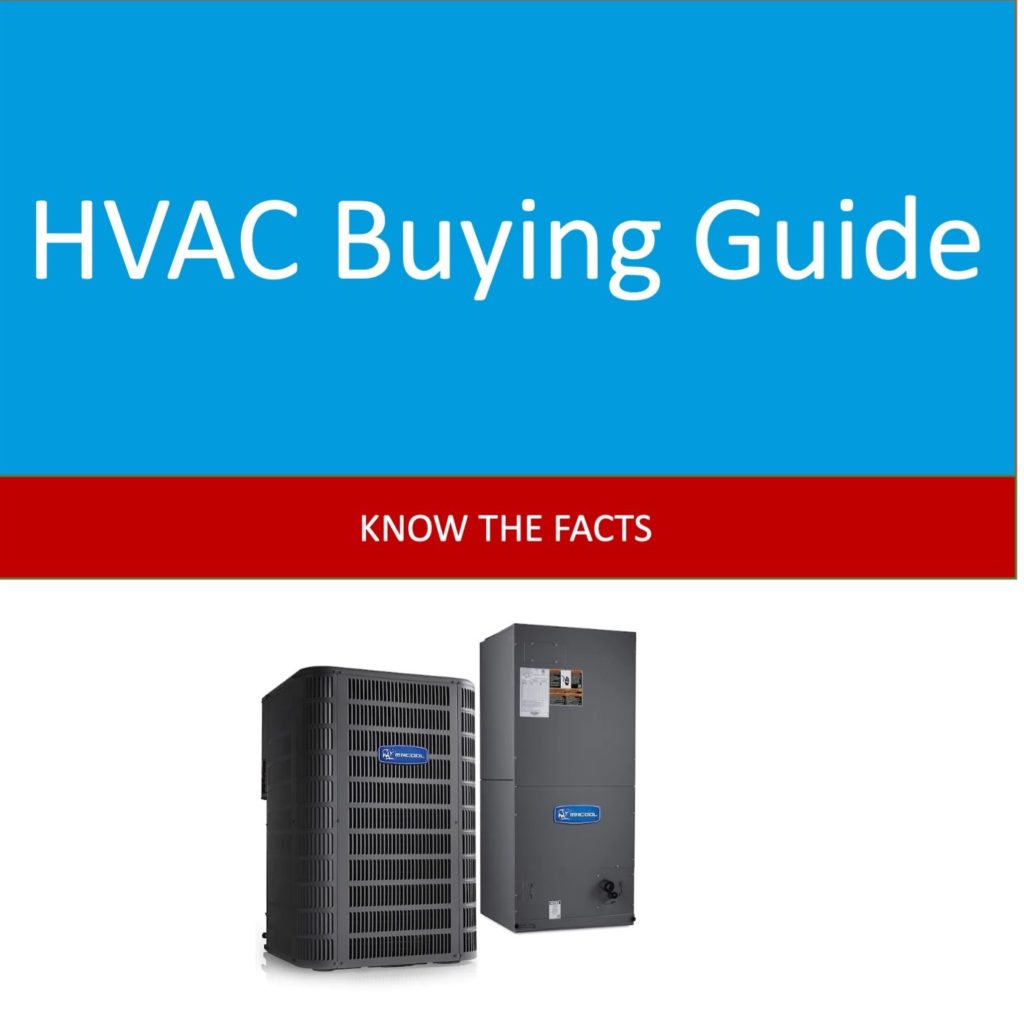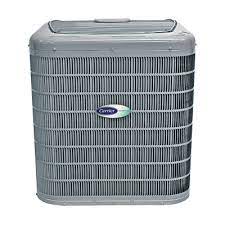
What is the Difference Between AC and HVAC?
While HVAC and AC may sound the same, there is a difference between the two.
The HVAC industry is a big one and it can be hard to keep track of all the different terms. AC refers specifically just air conditioning, but when you’re talking about heating or ventilation in your home then “H” and/or the “V” will come into play too! In short:
AC: AC is an acronym that stands for air conditioning
HVAC: HVAC is an acronym referring to heating, ventilation, and air conditioning.
HVAC Explained
The goal of an HVAC system replacement is to provide thermal comfort and acceptable indoor air quality. Systems are designed using principles from thermodynamics, fluid mechanics (including hydraulics), heat transfer which together makes up the field called “heating ventilation & air conditioning”.
With so many parts that make up residential structures, HVAC systems are an integral part of the building. These air conditioning and heating units maintain a comfortable living environment for people by regulating temperature levels in homes or offices with fresh outdoor airflow through ventilation windows on each side!

Ventilation (The “V” in HVAC) is the process of exchanging air in any space to provide high indoor quality which involves temperature control, oxygen replenishment, and removal of moisture. There are two main methods:
1-mechanical/forced ventilation where an outside force moves particles around;
2-natural type involving openings like windows or doors letting fresh outside breezes into buildings.
In both cases, there’s a need at all times because if not then things will start becoming stale- plus without these adjustments, your home may end up too hot during summer months while Winter brings excess icy coldness.

The three major functions of heating, ventilation, and air conditioning are intricately linked together. They’re needed to provide thermal comfort as well as acceptable indoor air quality within reasonable installation costs for HVAC systems that can be used both in residential or commercial settings with different means of delivering/removing room-specific airflow depending upon need by the environment.
They also play important roles like maintaining pressure relationships between spaces which are known sometimes referred to simply “ventilation.”
The HVAC systems in buildings are becoming more and more complex. Contractors must be able to install these complicated pieces of equipment with ease, while also keeping them working at peak efficiency! With such an extensive list needed for installation – refrigerants (R), pipes & tubes, valves, etc.; they usually rely on estimations when building smaller-scale structures like homes or offices spaces where there’s no need specifically tailored towards large projects involving multiple stories high rise buildings which requires specific types specified ahead of time by professionals who know what will work best according to the task at hand.
AC Explained
Air conditioning systems are vital for keeping our homes cool, comfortable, and clean. For this reason it’s a great idea to maintain and repair your systems as needed. They can be found in schools or office buildings to maintain constant indoor air conditions during warmer months when it’s too hot outside; they’re also installed at hotels that need consistent levels of humidity control because clients will not stay healthy if there isn’t adequate ventilation with proper HVAC unit settings (this includes both positive pressure zones which cause fresh outdoor air into mix AH chambers – where its temperature drops slightly before being guided through heat exchangers–and negative ones where stale indoor/outdoor mixtures enter turbochargers). The fresh air intake for your home can be adjusted to help control the amount of stale, unwanted fumes that enter each room. The typical range is between 10-20%.

Adjusting the fresh air intake of your home can make all the difference. The percentage is usually around 10% but it varies depending on where you live and how many other sources there are for pollution in close proximity, like car emissions or coal-burning plants emitting particles into what would otherwise be pure oxygen.
This information should not only concern those with respiratory issues but also anyone who wants their house to feel as clean and open space as possible.
AC Refrigeration Cycle
- The refrigerant inside the system is in a low pressure, low-temperature gaseous state at its entrance to be pumped up high by compressors.
- The refrigerant then flows through a heat exchanger where it loses all its internal energy, cools off, and condenses into liquid form.
- In a process that is often referred to as “evaporation,” the liquid refrigerant leaves an enclosed system and returns back into another heat exchanger. As it does this absorption of energy from inside your house while transferrals outsides resulting in cooling.
This is excellent news for facilities in variable climates! By reversing the flow of refrigerant, you can now heat or cool your building with one piece of equipment by using a different mode. This means less hardware needed and lower costs because it takes less energy to operate than normal heating systems do during the summer months when they are used primarily as air conditioners (which works best).
AC Free Cooling Systems
The efficiency of free cooling systems can be very high, and they are sometimes combined with seasonal thermal energy storage so that the cold of winter is used for summer air conditioning. Deep aquifers or natural underground rock masses accessed via a cluster f small-diameter boreholes often serve as excellent mediums in which heat transfer occurs at rapid rates due to their ability to absorb large quantities over time without significantly changing temperature themselves–a necessary characteristic if one wishes not only to cool off inside during warmer months but also keep things warm when frostbite becomes an issue!
Hybrid cooling systems that use the free air early in their seasons to cool equipment, but later employ a heat pump during more intense months may come across as an excellent option for those who need both efficiency and sustainability.
In some cooling systems, an “economizer mode” is included which will open (fully or partially) the outside air damper and close (either fully or partially) the return air flow. This causes fresh outside air to be supplied into your home’s system instead of using mechanical supplies such as chilled water from a DX unit; saving you money!
HVAC & AC Energy Efficiency
HVAC systems are responsible for promoting energy efficiency in buildings as they consume the largest percentage of global oil. To increase their effectiveness, manufacturers have been making an effort to make HVAC equipment more efficient since rising prices made it important back when we were just a couple degrees colder than what’s comfortable now! This was originally driven by cost-saving goals but has recently shifted due to awareness & environmental issues—and improvements can also help you stay healthier at work
HVAC & AC Filtration and Cleaning
The importance of maintaining a healthy environment cannot be overstated. When it comes to heating and cooling your building, the quality of the air you breathe can have an effect on how comfortable or uncomfortable things feel inside! Filtration systems use filters that remove particles from contaminated ventilation environments before they’re recirculated back into place – this ensures cleaner breathing for everyone in any given space
A typical house will have at least two rooms, and sometimes more than three or four which means that anyone particular air cleaner won’t be able to supply them all with clean airflow. This is where CADR comes into play – the number of cubic feet per minute (or meters) you want your system’s ventilation rate for each room in consideration when purchasing an appliance like this so as not to exceed 15/500 = 25%.
The importance of filtration cannot be overstated when it comes to the air quality in our indoor environments. This is dependent on how much a particle or fiber can pass through your filter, as well as what kind (or density) and depth are used for packing them into that space.
There’s no way around investing some money into maintaining high-quality filters because if you don’t then all those other things we talked about before will make up for any lack!





Leave a Reply